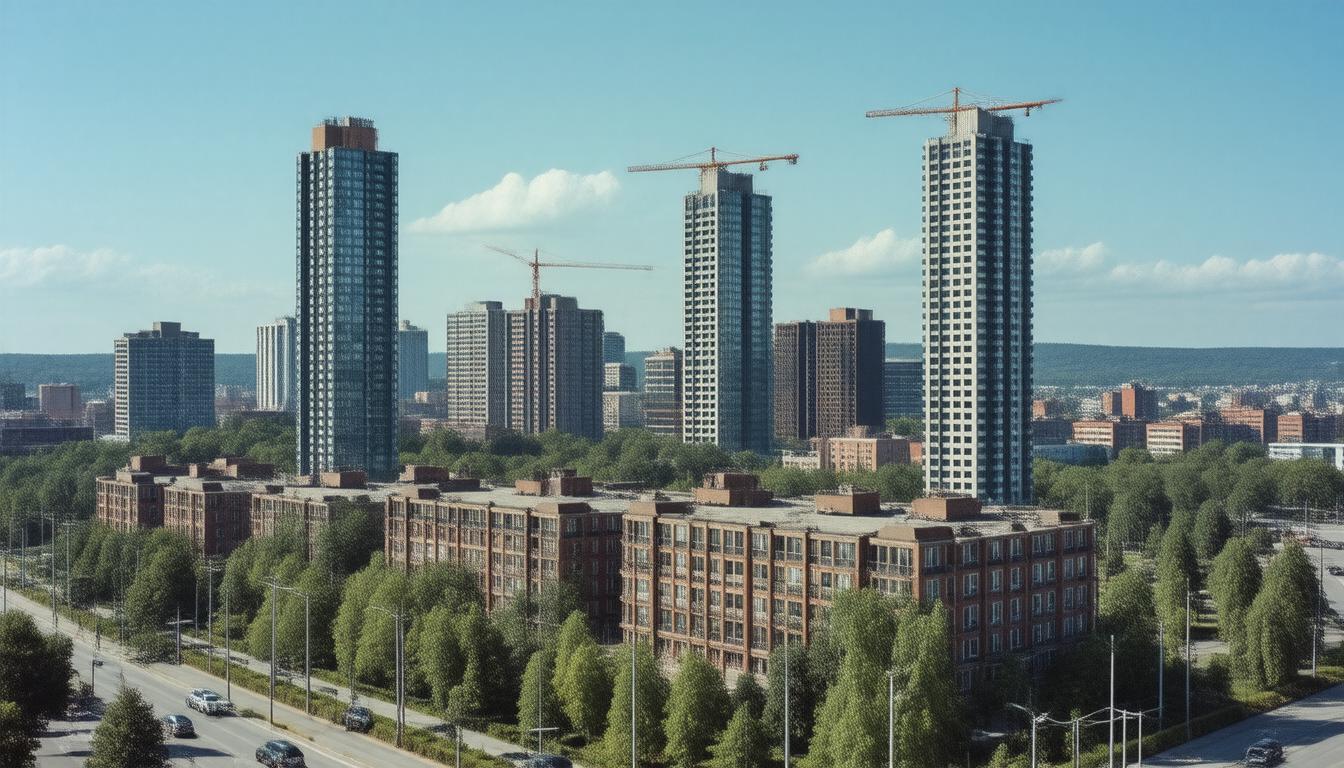Toronto is no stranger to traffic congestion, with commuters frequently facing frustrating delays on their daily journeys. In response, the City of Toronto has unveiled an ambitious and comprehensive Congestion Management Plan designed to revolutionize urban mobility and alleviate the traffic woes that plague residents and visitors alike. This new approach introduces a blend of innovative strategies aimed at not only enhancing the flow of traffic but also ensuring that the city remains a vibrant and accessible place for all. With a focus on automated traffic enforcement, better coordination around construction projects, and a new fee structure for road usage, the plan promises to reshape how Torontonians navigate their city. As the City prepares for further discussions in its Government and Infrastructure Committees, it’s essential to explore the key strategies of this new plan and its potential impact on construction and road usage in Toronto.

Key Takeaways
- Toronto’s new Congestion Management Plan aims to significantly reduce traffic congestion through various innovative strategies.
- The plan includes implementing automated traffic enforcement and deploying traffic agents to improve mobility in key corridors.
- New fee structures for construction companies are intended to enhance road management and minimize disruptions caused by construction-related activities.
Key Strategies of the Congestion Management Plan
Toronto’s traffic congestion has been a growing concern, prompting city officials to unveil a renewed Congestion Management Plan designed to tackle this pressing issue head-on. The updated plan incorporates various key strategies aimed at improving urban mobility and reducing gridlock across the city. One prominent feature is the potential rollout of automated traffic enforcement programs, which could streamline the monitoring of traffic regulations and enhance compliance among drivers. Additionally, the plan proposes the deployment of traffic agents to 13 new corridors, ensuring better management of vehicular flow during peak hours and contributing to more efficient traffic patterns.
Furthermore, in a bid to minimize disruptions caused by construction, the new fee structure known as the Road Occupancy and Disruption Access Regulation System (RoDARS) is set to be implemented starting April
1. Under RoDARS, construction firms will be required to pay fees for occupying public spaces, thus encouraging them to manage work sites more effectively and coordinate projects with greater care to reduce the impact on daily commutes. The City’s Government and Infrastructure Committees will discuss these proposals in early April, paving the way for a final review at the City Council later in the month. By enhancing capital construction coordination and aiming to streamline operational capabilities, Toronto’s updated Congestion Management Plan is positioned to significantly alter traffic dynamics and create a more navigable city for all residents.
Impact of the Plan on Construction and Road Usage
The implications of the updated Congestion Management Plan are far-reaching, especially concerning construction activities and overall road usage in Toronto. With the introduction of the RoDARS, construction companies will face new financial responsibilities for occupying public spaces, which is likely to encourage more strategic project planning and timely execution to minimize road disruption. This shift in fee structure is designed to incentivize contractors to communicate more effectively with city officials, thereby improving project timelines and reducing prolonged road closures that can exacerbate traffic congestion. Moreover, the introduction of automated traffic enforcement is expected to foster safer driving conditions. By addressing the nuances of construction-related disruptions alongside enhancing real-time traffic management, the plan seeks to create a more fluid transportation network. As these measures unfold, they promise to play a critical role in transforming Toronto’s urban landscape, enhancing both convenience and safety for all commuters.





